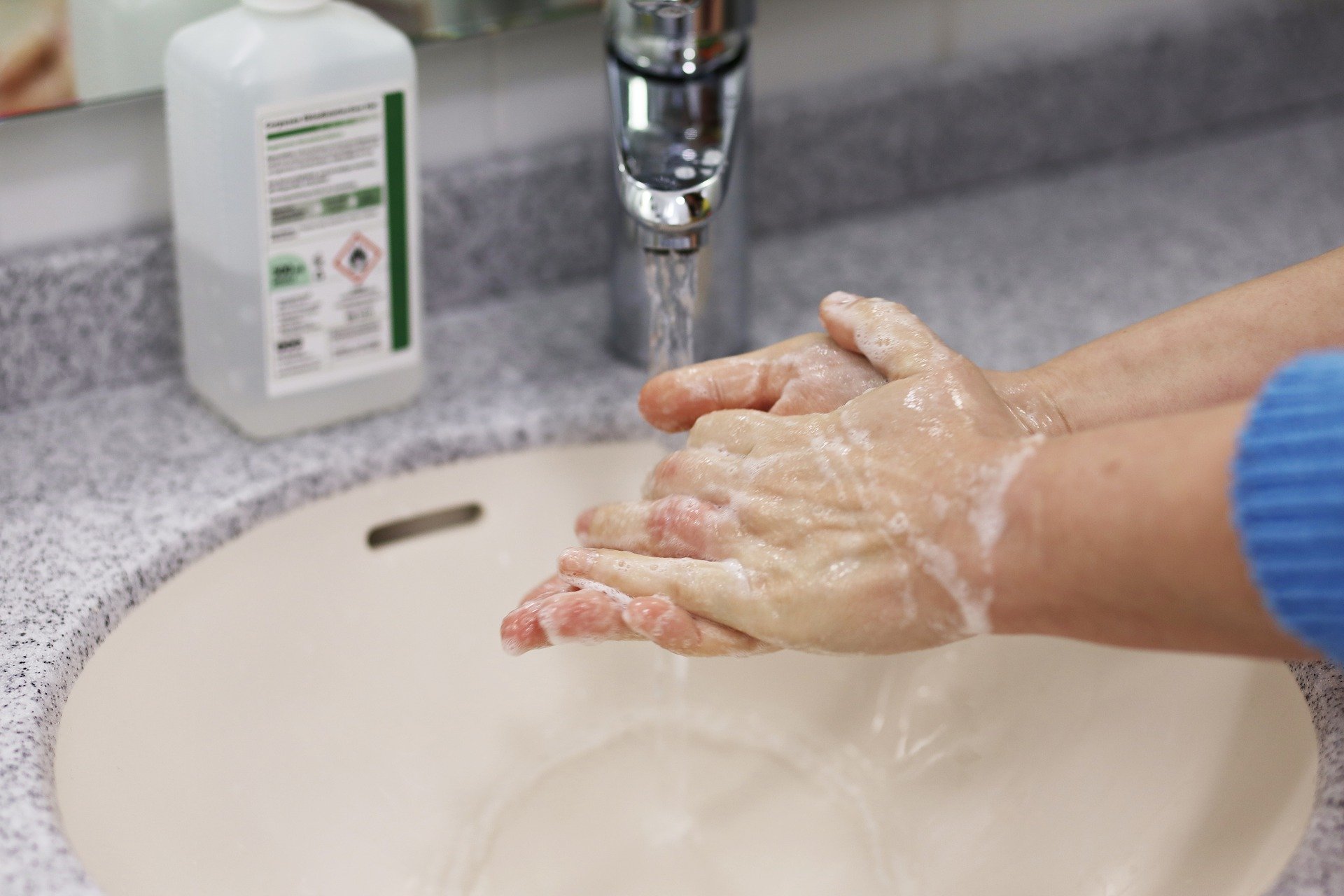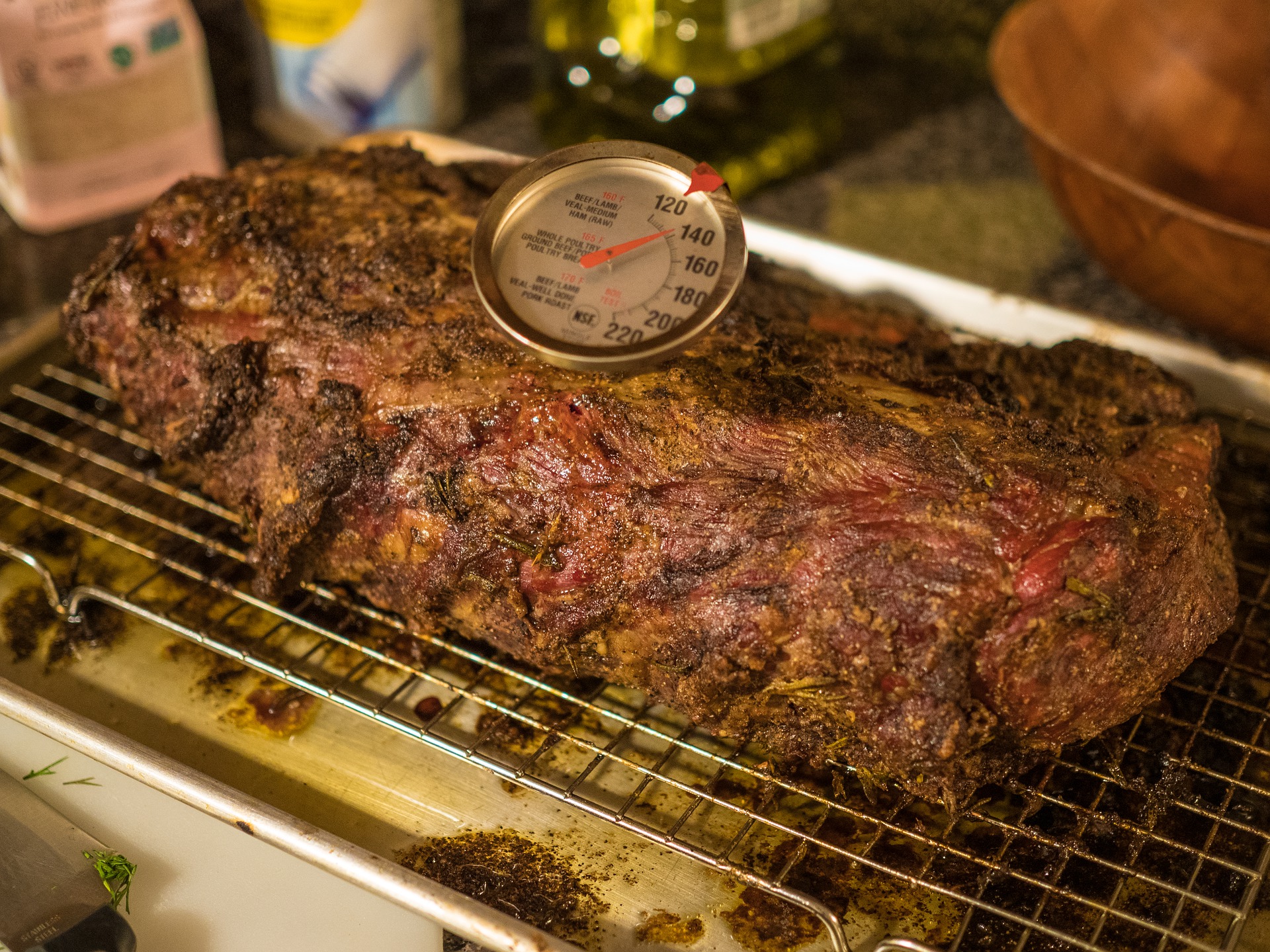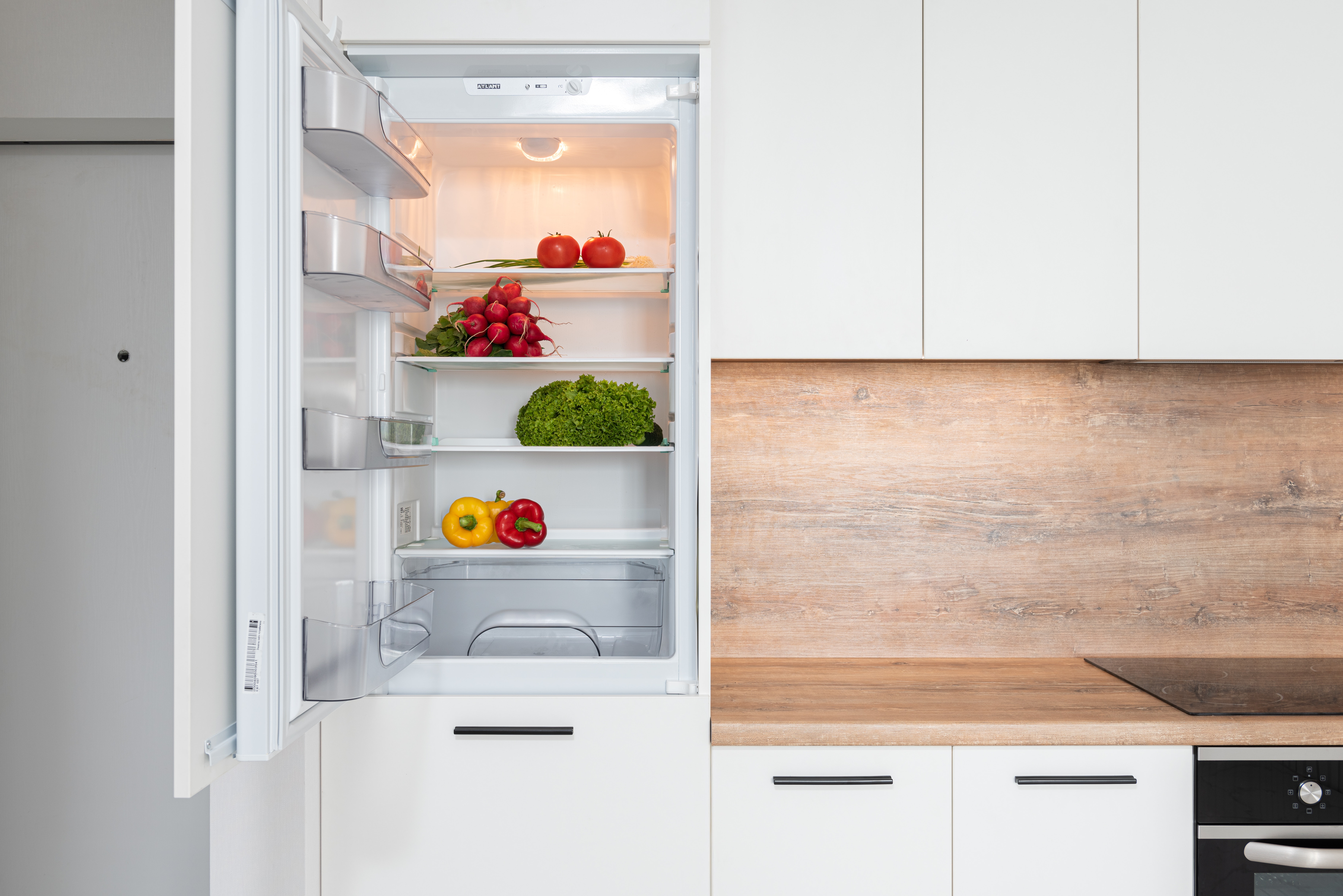Food Safety Do’s and Don’ts
go.ncsu.edu/readext?822504
en Español / em Português
El inglés es el idioma de control de esta página. En la medida en que haya algún conflicto entre la traducción al inglés y la traducción, el inglés prevalece.
Al hacer clic en el enlace de traducción se activa un servicio de traducción gratuito para convertir la página al español. Al igual que con cualquier traducción por Internet, la conversión no es sensible al contexto y puede que no traduzca el texto en su significado original. NC State Extension no garantiza la exactitud del texto traducido. Por favor, tenga en cuenta que algunas aplicaciones y/o servicios pueden no funcionar como se espera cuando se traducen.
Português
Inglês é o idioma de controle desta página. Na medida que haja algum conflito entre o texto original em Inglês e a tradução, o Inglês prevalece.
Ao clicar no link de tradução, um serviço gratuito de tradução será ativado para converter a página para o Português. Como em qualquer tradução pela internet, a conversão não é sensivel ao contexto e pode não ocorrer a tradução para o significado orginal. O serviço de Extensão da Carolina do Norte (NC State Extension) não garante a exatidão do texto traduzido. Por favor, observe que algumas funções ou serviços podem não funcionar como esperado após a tradução.
English
English is the controlling language of this page. To the extent there is any conflict between the English text and the translation, English controls.
Clicking on the translation link activates a free translation service to convert the page to Spanish. As with any Internet translation, the conversion is not context-sensitive and may not translate the text to its original meaning. NC State Extension does not guarantee the accuracy of the translated text. Please note that some applications and/or services may not function as expected when translated.
Collapse ▲This article is a continuation of a series of columns for National Food Safety Education Month by sharing simple “Do’s” and “Don’ts” about food safety. Practicing these recommendations can put you on the path to prevent foodborne illness, also known as “food poisoning.”
Do
- Wash your hands with soap and water for at least 20 seconds before preparing food.

- Rinse whole fruits and vegetables under running water and dry with a clean cloth, paper towel or use a salad spinner.
- Wash utensils that have touched uncooked, meat, poultry, seafood, eggs or flour before using them with any food that will be eaten raw.
- Clean cooking surfaces and utensils with hot, soapy water after each use
- Cook meat, poultry, and seafood to a safe minimum internal temperature. Check the USDA’s website for these recommended temperatures.

- Do keep meat, poultry, and seafood warm (140°F or above) between cooking and serving.
- If you don’t have one, purchase a food thermometer.
- Set refrigerator temperatures to 40°F or below and freezer at 0°F or below as indicated by an appliance thermometer.
- If you don’t have one (or two), purchase refrigerator/freezer thermometers.
- Defrost food in the refrigerator, in cold water, or in the microwave (if you defrost in the microwave be sure to cook it immediately).
- When shopping, keep produce separate from meat, poultry, seafood, and eggs in your cart and in your grocery bags.
- Be aware of foods that are higher risk than others (examples: rare burgers, undercooked eggs, unpasteurized milk and cheese, unpasteurized juices, and ciders).
- Make safe choices when selecting for and serving foods to those that are more at risk for foodborne illnesses such as children, the elderly, pregnant women, and immune compromised.
- Place meat, poultry, seafood, and eggs in plastic bags at the grocery checkout.
- Wash your reusable grocery bags frequently.
- Always use tested food preservation procedures and the appropriate equipment. Two of the best resources are the National Center for Home Food Preservation from the University of Georgia and the USDA’s Complete Guide to Home Canning.
Don’t
- Don’t wash meat, poultry, seafood, or eggs.
- Don’t use soap or detergent on foods.
- Don’t allow raw meat, poultry, seafood, eggs, or flour to touch any food that will be eaten raw.

- Don’t reuse plates or cutting boards that have touched uncooked meat, poultry, seafood, eggs, or flour unless you wash them first with hot, soapy water.
- Don’t serve cooked meat, poultry, or seafood without checking the temperature.
- Don’t allow food to cool before refrigerating.
- Don’t let food sit out at room temperature for more than two hours (or one hour in air temperatures above 90°F).
- Don’t overfill your refrigerator or freezer. This will block the airflow and affect the temperatures.

- Don’t place raw meat, poultry, or seafood on the upper shelves of the refrigerator where they can drip onto other foods.
- When shopping, don’t choose meat, poultry, or seafood in damaged or leaking packages.
- Don’t buy eggs with cracked shells or damaged cartons.
- Don’t remove eggs from the carton or keep them on the refrigerator door when storing at home.
Do check out the USDA’s FoodKeeper App as a reference for how long food can be safely stored. The FoodKeeper App is available as a mobile app for both Android and Apple devices
Another important DON’T is don’t believe everything you read on the internet about food safety. For research-based information look for information from government, Extension, or university sources.
Learning the dos and don’ts of food-safe meal prep can help prevent foodborne illness. Putting them into practice can protect you and your family.
Source
US Food and Drug Administration
Cheryle Syracuse wrote this article and more similar ones for the Family and Consumer Sciences Column in the Brunswick Beacon. Syracuse is an FCS team member and can be reached at N.C. Cooperative Extension, Brunswick County Center, 910-253-2610 or by email at cheryle_syracuse@ncsu.edu.



